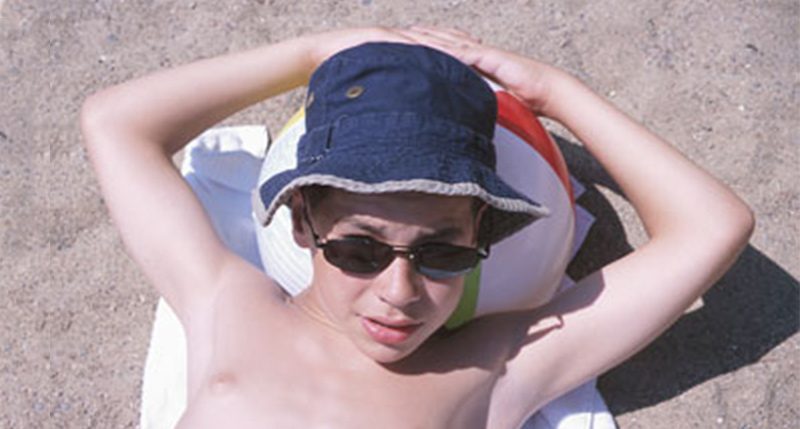Children usually get more sun exposure than adults because many of their activities are outdoors including recess, sports and playtime. This increased exposure to sunlight also increases children’s exposure to damaging ultraviolet (UV) light – an invisible, radiation emitted by the sun.
Children’s eyes cannot filter UV light and prevent it from reaching their retinas as effectively as adults because the lenses in their eyes are not developed well enough yet to filter out a lot of those damaging rays.
As a result, children are exposed to more UV light and susceptible to retinal damage if they are not adequately protected
Two of the most important features parents should look for when purchasing sunglasses for their children are comfort and a style because if the child doesn’t like them, they won’t wear them.
Here are additional things to consider when buying sunglasses:
Top Priorities
- UVA and UVB protection, often designated by a sticker or label
- Shop at a credible source; do not purchase from street vendors or online auction sites
- Make sure they are comfortable to wear for long periods
Other Considerations
- Price does not necessarily indicate quality. For children who are more apt to lose their sunglasses, consider purchasing multiple inexpensive pairs to replace lost ones
- Gray lenses absorb all colors equally and may be a good option for younger children who are still learning how to associate natural colors
- UV-protective goggles can protect eyes from direct and reflected UV rays
What Not To Do
- Hats should never be used in place of sunglasses; especially baseball caps which don’t offer peripheral protection
- Dressing up sunglasses can be fun but limit decorations; don’t let children draw on glasses or place stickers on the lenses. This can scratch the UV protective layer
- Toy or costume sunglasses are not a supplement to the real thing; they do not have UV protection and can easily shatter or warp, causing more harm to the eye

